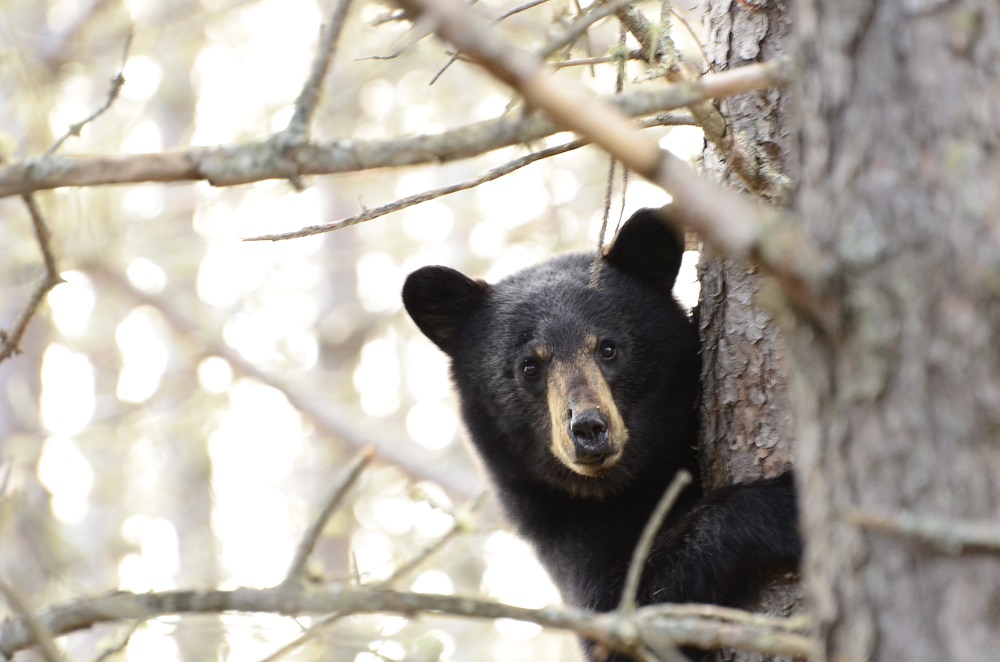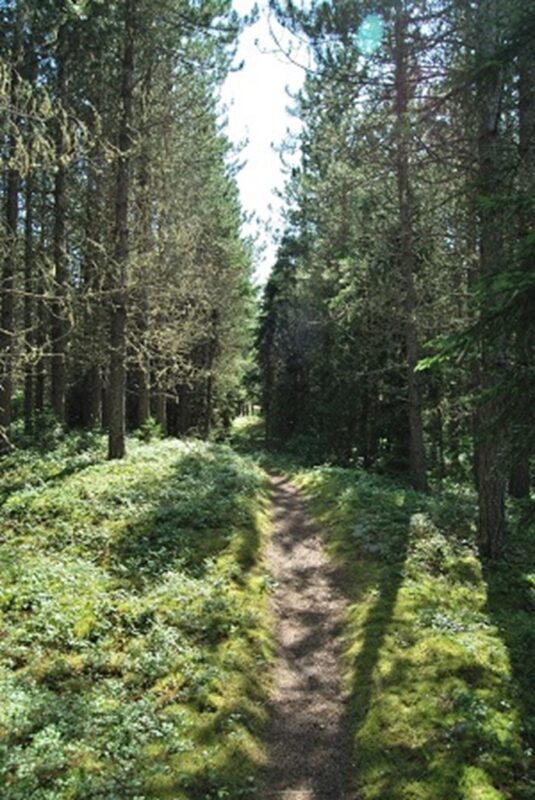Today’s post comes from Jake Guggenheimer, past Discovery staff at Neys Provincial Park.
Imagine you’re in a forest.
What do you hear?
The rustling of the trees in the wind. The birds chirping to each other. The flowing of a creek.
What do you see?
A flower starting to bloom. A chipmunk scurrying along the ground. The sun shining through scattered clouds.
If you imagined yourself in Neys Provincial Park, the animals and plants you pictured are some of the most interesting flora and fauna around.
That’s because Neys is a protected natural area with a high level of ecological integrity.
What is ecological integrity?
Ecological integrity (EI) is a principle Ontario Parks strives to maintain. This term refers to three core parts: structure, composition, and function.
Structure encompasses all the living and non-living things: the rocks, soil, plants, water, air, and animals that are present on the land.

Composition is the variety of living things within the ecosystem, also known as biodiversity. Generally, the more species an area has, the higher the biodiversity level.
Function describes the natural processes taking place, such as water cycles or predator-prey cycles. For example, within the park, rivers change their paths, animals are protected from hunters, and forests grow into mature stands.

In essence, ecological integrity is the “naturalness” that an area has!
A provincial park would have a higher level of ecological integrity than, say, the downtown core of a city. But important work continues to be done to increase and protect the level of EI at provincial parks to ensure that these habitats and the species that live there can thrive for generations to come.
Ecological integrity at Neys
Neys Provincial Park, located on the north shore of Lake Superior, borders the southern edge of the Boreal Forest. This geographic location gives Neys some very interesting qualities.
The Boreal Forest is the biggest forest biome in the world, circling the northern hemisphere in Canada, the United States, Russia, and several northern European countries.
Some tree species found in the boreal forest include the towering White Spruce (Picea glauca), slender Black Spruce (Picea mariana), and drooping Jack Pine (Pinus banksiana) that dot the landscape.

Forest fires serve an important natural function in the Boreal Forest. Many tree species rely on them for reproduction, and they help maintain the health of the forest.
Jack Pines have cones that are sealed shut with a resin that only melts away at temperatures of 50°C and higher! Only then can the seeds be released into the ground and start growing a new tree.
All of these species and more can be found within Neys, so ask a park naturalist to help you identify them on your next visit!
Being so close to Lake Superior may keep things cool for our campers, but it also provides an opportunity for many species that are normally found hundreds of kilometers north in the tundra!

These “arctic disjunct” species have a chance to grow here in the cooler microclimates along the Lake Superior shoreline.
Keep an eye out for some of these species, including the Common Butterwort, Encrusted Saxifrage, and Bird’s-eye Primrose, while you are hiking on The Point Trail or Under the Volcano Trail.
Challenges to Ecological Integrity
There are many challenges that parks face when dealing with their ecological integrity.

For some, it may be maintaining the population of a species at risk. Some species can be very sensitive to disturbances and require a more natural habitat far away from human activity.
Trails are one of the best parts of Ontario Parks, but they need to be managed constantly. If a trail gets too many visitors on it, soil compaction may occur, which can harm the roots of trees, change the flow of water, or inhibit the ability for small animals to burrow.
You can do your part to prevent the widening of a trail by taking care to walk in single file where the trail gets narrow and to always stay on designated trails.
Another challenge all parks face is litter.
Always remember to dispose of your trash properly; your firepit is not a trash can. If you can pack a granola bar in with you for a hike, you can easily pack the wrapper out with you.

If snacks are left out for animals to eat, they can become habituated to human food, reducing their reliance on their natural diets, disrupting the careful balance of the ecosystem, and harming their health.
Always pack your food away in your vehicle when you’re not cooking or eating and don’t leave food unattended on your campsite.
Red Pine plantation
At Neys, a challenge to our ecological integrity is also one of our park’s most defining features: a 72 hectare plantation of Red Pine (Pinus resinosa).
During World War II, Neys was the site of a prisoner of war camp. After the war ended, the buildings were dismantled, and the sandy site was left alone. In 1962, Red Pines were planted by the Boy Scouts of Canada to help stabilize the vulnerable dune ecosystem which had started to erode from the strong winds off Lake Superior.
There are several effects that the pines have had on the park. Being a monoculture (only one tree species) increases the risk of damage if a disease or insect outbreak occurs. It’s important for forests to have diversity!

The rows of pines also provide limited wildlife habitat (there’s nowhere to hide!) and the needles they drop are slowly turning the soil acidic, making it harder for other species to grow there.
Red Pines are also not a native species to this region of Ontario and are usually found in more southerly forests. They don’t cope well with the cold winters of the north shore.
Restoring the Red Pine plantation to a more natural forest habitat and dune ecosystem is a long-term goal of Neys.
Steps were taken in 2019 to remove some of the dead Red Pines in the campground and replant with native species like White Birch (Betula papyrifera) and White Spruce (Picea glauca).
This process will be a multi-year endeavour, but an important one to undertake to strengthen the ecological integrity of Neys.
Understanding your impact
The next time you’re in a park, try to notice the different species of plants and animals you encounter.

Think about the natural processes taking place and their interactions with one another. Consider the impact you have on the environment while you’re exploring.
By treating nature with care, you can be an ally in Ontario Parks’ efforts to preserve and enhance ecological integrity across our beautiful province.
Neys Provincial Park is located 3 ¼ hours from Thunder Bay and 30 minutes from Marathon.
